Fiat 500 "Topolino"
The Fiat 500, commonly known as "Topolino", is an Italian city car produced and manufactured by Fiat from 1936 to 1955.
 The name "Topolino" translates literally as "little mouse" in Italian, but is also the Italian name for Mickey Mouse.
The name "Topolino" translates literally as "little mouse" in Italian, but is also the Italian name for Mickey Mouse.
The Topolino was one of the smallest cars in the world at the time of its production. Launched in 1937, three models were produced until 1955, all with only minor mechanical and cosmetic changes. It was equipped with a 569 cc four-cylinder, side-valve, water-cooled engine mounted in front of the front axle, (later an overhead valve motor) and so was a full-scale car rather than a cyclecar. The radiator was located behind the engine which made possible a lowered aerodynamic nose profile at a time when competitors had a flat, nearly vertical grille. The shape of the car's front allowed exceptional forward visibility.
Rear suspension initially used quarter-elliptic rear springs, but buyers frequently squeezed four or five people into the nominally two-seater car, and in later models the chassis was extended at the rear to allow for more robust semi-elliptic springs.
With horsepower of about 13 bhp, its top speed was about 53 mph (85 km/h), and it could achieve about 39.2 miles per US gallon (6.00 L/100 km; 47.1 mpg‑imp). The target price given when the car was planned was 5,000 lire. In the event the price at launch was 9,750 lire, though the decade was one of falling prices in several parts of Europe and later in the 1930s the Topolino was sold for about 8,900 lire. Despite being more expensive than first envisioned, the car was competitively priced. Nearly 520,000 were sold.
.jpg/800px-Fiat_Topolino_500B_(5365551740).jpg)
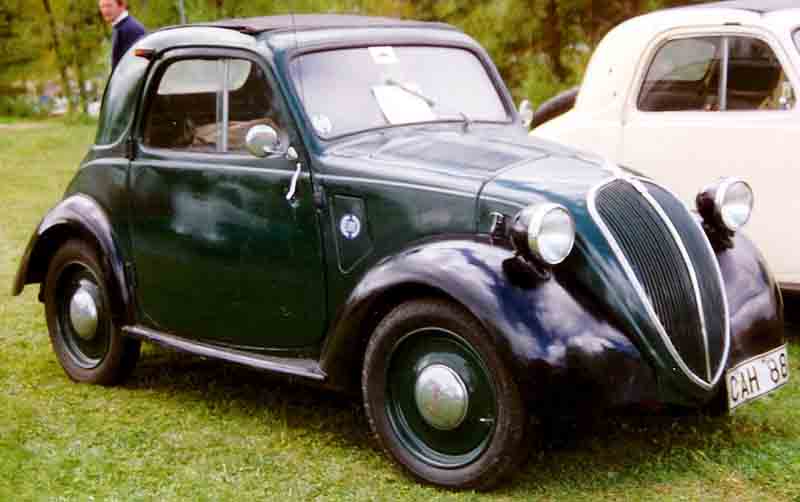 Three models were produced. Model A and B shared the same body, only the engine of model B had 16 hp, vs. 13 hp of Model A. Model A was produced from 1937 to 1948, while B was produced in 1948 and 1949. Model A was offered as a 2-door saloon, 2-door convertible saloon (saloon with folding roof) and a 2-door van, while Model B also introduced a 3-door estate under the name 500 B Giardinetta ("estate car"). Model C was introduced in 1949 with a restyled body and the same engine as Model B, and was offered in 2-door saloon, 2-door convertible saloon, 3-door estate and 2-door van versions. In 1952, Giardinetta was renamed Belvedere ("A turret or other raised structure offering a pleasant view of the surrounding area", referring to its sunroof). Model C was produced until 1955.
Three models were produced. Model A and B shared the same body, only the engine of model B had 16 hp, vs. 13 hp of Model A. Model A was produced from 1937 to 1948, while B was produced in 1948 and 1949. Model A was offered as a 2-door saloon, 2-door convertible saloon (saloon with folding roof) and a 2-door van, while Model B also introduced a 3-door estate under the name 500 B Giardinetta ("estate car"). Model C was introduced in 1949 with a restyled body and the same engine as Model B, and was offered in 2-door saloon, 2-door convertible saloon, 3-door estate and 2-door van versions. In 1952, Giardinetta was renamed Belvedere ("A turret or other raised structure offering a pleasant view of the surrounding area", referring to its sunroof). Model C was produced until 1955.
In 1955 the larger rear-wheel-drive Fiat 600 was launched by Fiat and that would become the design basis for the new Fiat 500, the Nuova 500.
The 500 A is known to be hot rodded, once the car came to America. It was mostly hot rodded to a dragster, or a street rod.
Fiat 600
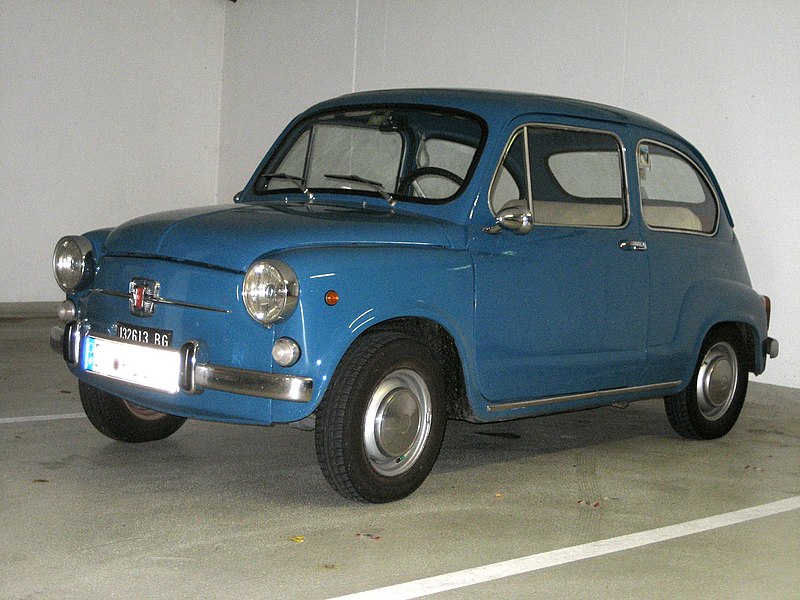 The Fiat 600 (Italian: Seicento, pronounced [ˌsɛiˈtʃɛnto]) is a city car produced by the Italian manufacturer Fiat from 1955 to 1969. Measuring only 3.22 m (10 ft 7 in) long, it was the first rear-engined Fiat and cost the equivalent of about €6,700 or US$7300 in today's money (590,000 lire then). The total number produced from 1955 to 1969 at the Mirafiori plant in Turin was 2,695,197. During the 1960s, '70s and '80s, the car became very popular in countries such as Spain (as SEAT 600), where it became the icon, par excellence, of the Spanish miracle, Argentina, where it was nicknamed Fitito (a diminutive of FIAT) and former Yugoslavia where it was nicknamed Fića (pronounced [fee-cha]).
The Fiat 600 (Italian: Seicento, pronounced [ˌsɛiˈtʃɛnto]) is a city car produced by the Italian manufacturer Fiat from 1955 to 1969. Measuring only 3.22 m (10 ft 7 in) long, it was the first rear-engined Fiat and cost the equivalent of about €6,700 or US$7300 in today's money (590,000 lire then). The total number produced from 1955 to 1969 at the Mirafiori plant in Turin was 2,695,197. During the 1960s, '70s and '80s, the car became very popular in countries such as Spain (as SEAT 600), where it became the icon, par excellence, of the Spanish miracle, Argentina, where it was nicknamed Fitito (a diminutive of FIAT) and former Yugoslavia where it was nicknamed Fića (pronounced [fee-cha]).
Codenamed Progetto 100 ("Project 100"), the Fiat 600 mirrored the layout of the Volkswagen Beetle and Renault 4CV of its era. Aimed at being an economical but capable vehicle, its design parameters stipulated a weight of around 450 kg with the ability to carry 4 people and luggage plus a cruising speed of no less than 85 km/h. A total of 5 prototypes were built between 1952 and 1954, which all differed from one another. Chassis number 000001 with engine number 000002 is believed to be the sole remaining example, according to a recent report by Quattroruote's "Ruoteclassiche" vintage division. It was powered by an innovative single-cam V2-cylinder engine designed to simplify
maintenance and did not feature a clutch pedal. At the official launch in 1955, FIAT engineer, Dante Giacosa declared that the aim had been to create something new, both in the interest of progress and simplification. This prototype, however, did not become the chosen design.
Foreign production
SEAT 600/800
In Spain, the 600 model was made under the make of SEAT, from 1957 to 1973. Up to 797,319 SEAT 600 were made. The Spanish car maker exported them to a number of countries worldwide. This car motorised Spain after the Spanish Civil War.
SEAT produced various derivatives of the original 600 model some of them with improvements and special fittings like the use of "suicide doors": the SEAT 600 D/E/L Especial version, the 'Descapotable' cabriolet and the 'Formicheta' commercial version etc.
The most interesting version produced between 1964 and 1967 by SEAT is the SEAT 800, the sole four-door derivative of the 600 model which received a longer wheelbase. It was developed in-house by SEAT and produced exclusively by the Spanish car maker without any equivalent model in Fiat's range.
Fiat 600/770 Neckar Jagst
The Fiat 600 was also manufactured at Fiat Neckar in Germany between 1956 and 1967. Presented in a first time as Jagst 600, in 1960 with the release of Fiat 600D it became Jagst 770. The model was manufactured until the end of 1967, more than 172,000 copies.
Zastava 750/850
In former Yugoslavia the model was very popular, and was produced under the name Zastava 750 (later 850), nicknamed "Fića" in Serbian, "Fićo" in Bosnian and Croatian, "Fičo" or "Fičko" in Slovene, and "Фиќо/Фичо" (Fikjo/Ficho) in Macedonian. It was produced by the Zastava factory in Kragujevac, Serbia, from the early 1960s until 1985, during which time it played a major role in motorisation of the country, due to its affordability.
South American production
The 600 was built as the Fiat 600 R by Sevel in Argentina from 1960 to 1982, with assembly operations also taking place (beginning somewhat later) in Uruguay by Ayax S.A., and in Chile.[10] At first, Someca S.A. built the 600 with rear-hinged doors and the 633 cc engine (28 hp), mainly from parts shipped in from Italy. As a new plant was constructed in the Ferreyra, a suburb of Córdoba, the local parts content steadily increased. In 1962 the 600D was introduced, with a 32 hp (SAE) 767 cc engine. In August 1964, around the same time that the local firm changed its name to Fiat Concord S.A., the second 600D was introduced, with slight changes to its appearance. The suicide doors continued to be used until the April 1965 appearance of the 600E, which also gained some extra power. Early in 1967 the 600E received a slight facelift with bigger headlights, new rims, and a new "grille" in front.
Uruguayan-built Fiat 600S
Fiat 600R built in Argentina
Fiat 600 Multipla
The Fiat 600 Multipla was a four-door MPV based on the Fiat 600's drivetrain and Fiat 1100 front suspensions, that sat up to six people in a footprint just 50 cm (19.7 in) longer than the original Mini Cooper and on the same 2 m (78.7 in) wheelbase as the 600 saloon. This had been achieved moving the driver's compartment forward over the front axle, effectively eliminating the boot but giving the body a very minivan-like "one-box", flat-front look. The car debuted at the Brussels Motor Show in January 1956,[15] and was eventually replaced by the Fiat 850 Familiare. The Multipla name was re-introduced in the late 1990s, for the Fiat Multipla compact minivan.
Coachbuilt models
In 1956, Fissore designed a remarkable open-topped Multipla prototype called the "Marinella" with a wooden-slat wraparound bench in the rear.
Fiat 600T
The Fiat 600T is a van derivative of the 600 Multipla. It is powered by a rear-mounted 633 cc 4-cylinder engine.
Non-Fiat derivatives
Ghia Jolly
In 1958 Fiat shipped a number of Fiat 600s to the Italian design house Ghia for conversion into the Jolly. Featuring wicker seats and the option of a fringed top to shield its occupants from the Mediterranean sun, these cars were originally made for use on large yachts of the wealthy (Aristotle Onassis owned one).
The car was designed as a luxury vehicle for wealthy Europeans and the US market.
With a cost of nearly double that of a standard "600", they were made in a very limited production. It is believed that fewer than 100 exist today, each one being unique. 32 Jolly cars were used as taxis on the island of Catalina off the coast of Los Angeles in the US from 1958 to 1962. Famous Fiat Jolly owners include Aristotle Onassis, Yul Brynner, Grace Kelly, Mary Pickford, Mae West, Gianni Agnelli, Josip Broz Tito and James Inglis. Fiat Jollys are highly sought after by collectors; however, replicas are being made and are being passed off as authentic. A genuine 1960 Fiat Jolly "600" model brought a record price of $170,500 at a collector car auction in Scottsdale, Arizona, in January 2015.
Abarth versions
Italian tuning company Abarth produced various versions of the Fiat 600 from 1956 to 1970 under a variety of model names, including Abarth 210 A, Fiat-Abarth 750, 850, and 1000. Many suffixes like Granturismo, Berlina, TC, and TCR were also used and many were built with aluminium bodywork by Zagato and other famed Italian carrozzerie.



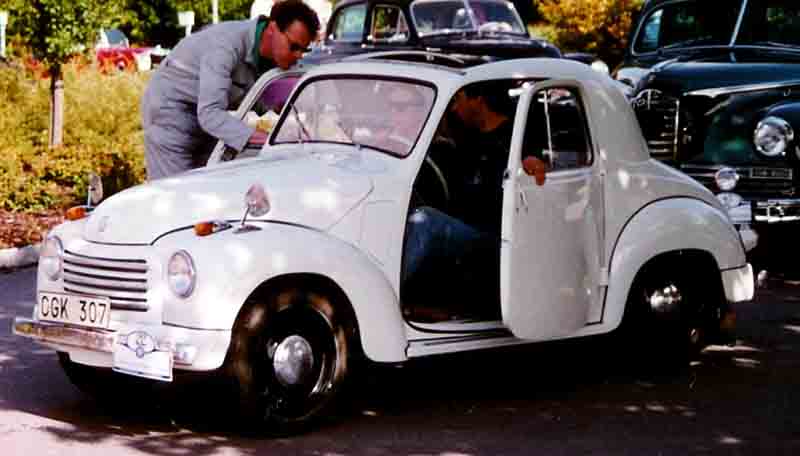
.jpg/1024px-Fiat_500C_Topolino_c.1949_(15991808603).jpg)





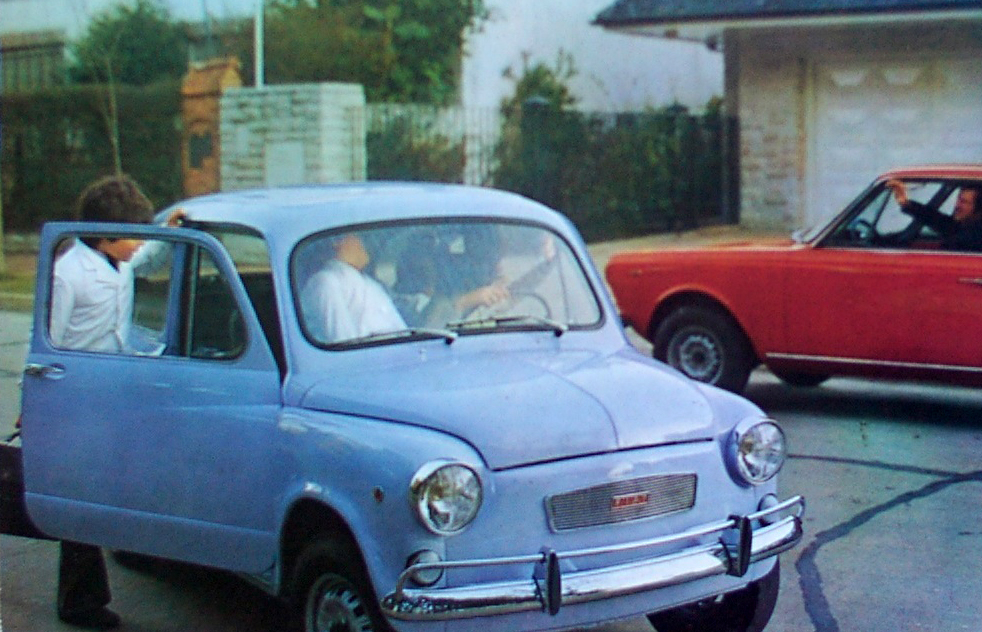



%2C_Dutch_licence_registration_BE-61-63_pic2.JPG/800px-Fiat_600T_(1967)%2C_Dutch_licence_registration_BE-61-63_pic2.JPG)

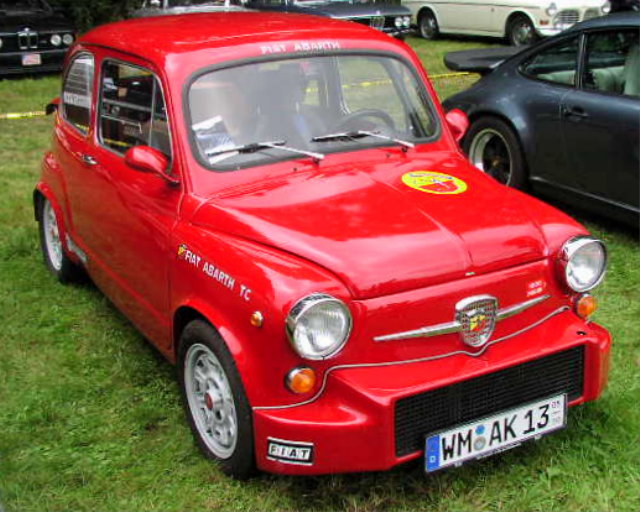





.jfif)

No comments:
Post a Comment